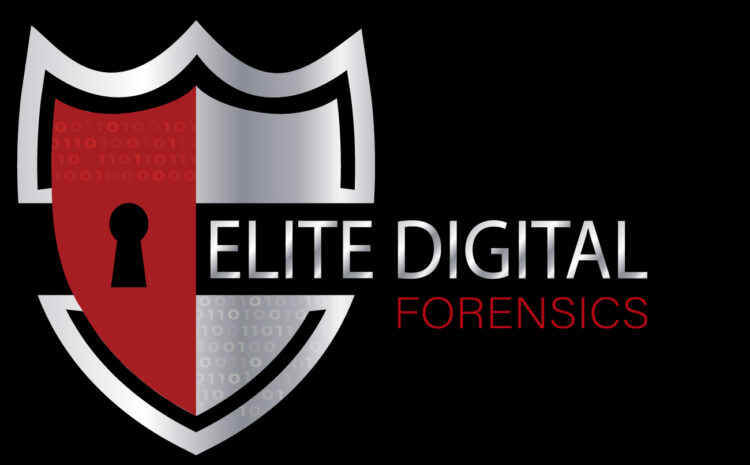
Investigating Email Hacking
Email hacking is a prevalent threat in today’s digital age. Whether it’s a high-profile corporate breach or an individual’s personal email account, the consequences can be devastating. In this blog post, we’ll delve deep into the world of email hacking investigations, offering technical insights, preventive measures, and the role of digital forensics in uncovering the truth.
Understanding the Threat:
Email hacking can range from unauthorized access to an individual’s email account to sophisticated spear-phishing campaigns targeting corporations. The motivations can vary – from financial gains and corporate espionage to personal vendettas.
Initial Signs of a Breach:
- Unfamiliar Activities: Unexpected password reset emails, unfamiliar sent items, or emails moved to the trash.
- Security Alerts: Notifications from the email provider about suspicious logins or changed security settings.
- Failed Login Attempts: Multiple notifications indicating failed login attempts.
Steps to Take Immediately After a Suspected Hack.
- Change Passwords: Immediately change the compromised email account’s password and any other accounts with the same password.
- Enable Two-Factor Authentication (2FA): This adds an extra layer of security, requiring a second form of identification beyond just a password.
- Scan for Malware: Ensure your device is free from malware or keyloggers that might capture your credentials.
- Review Account Settings: Check for any changes in the account recovery options, forwarding settings, or filters/rules that might redirect emails.
The Role of Digital Forensics in Email Hacking Investigations:
Digital forensics plays a pivotal role in understanding the depth and impact of an email breach. Here’s how experts approach it:
- Acquisition of Evidence: Forensic experts create a bit-by-bit copy of the affected devices, ensuring the original data remains untouched.
- Analysis of Logs: By examining server logs, investigators can trace unauthorized access points, IP addresses, and the timeline of the breach.
- Email Header Analysis: Email headers contain valuable information about the sender, route taken by the email, and more. This can help trace the origin of phishing emails or spam.
- Malware Analysis: Any detected malware is analyzed in isolated environments to understand its functionality and purpose.
- Recovery of Deleted Data: Experts can often recover deleted emails or files, providing a clearer picture of the data breach’s extent.
Staying Secure: Best Practices
- Regularly Update Passwords: Use strong, unique passwords for each account and change them periodically.
- Beware of Phishing Attempts: Always verify the authenticity of emails asking for personal information or containing unexpected attachments.
- Use Encrypted Email Services: Encryption ensures that even if intercepted, your emails remain unreadable to unauthorized parties.
- Regular Backups: Regularly back up your emails and data, ensuring you can recover information in case of a breach.
- Stay Updated: Ensure your devices, software, and applications are always updated to the latest versions to benefit from the latest security patches.
Conclusion:
Email hacking is a formidable threat, but with awareness, preventive measures, and the expertise of digital forensics, individuals and organizations can safeguard their digital communications. If you suspect a breach, always consult with a digital forensics expert to ensure a thorough and professional investigation.